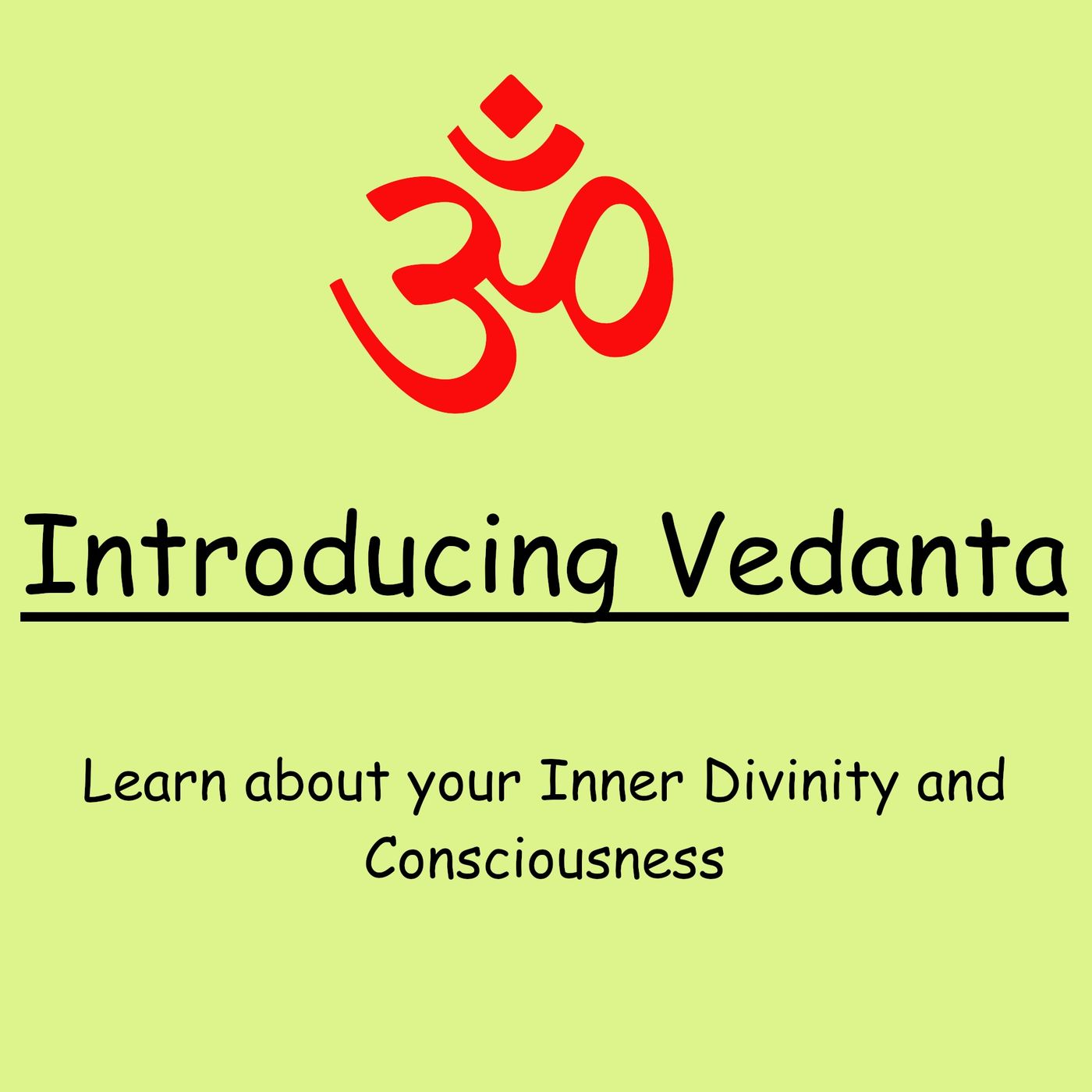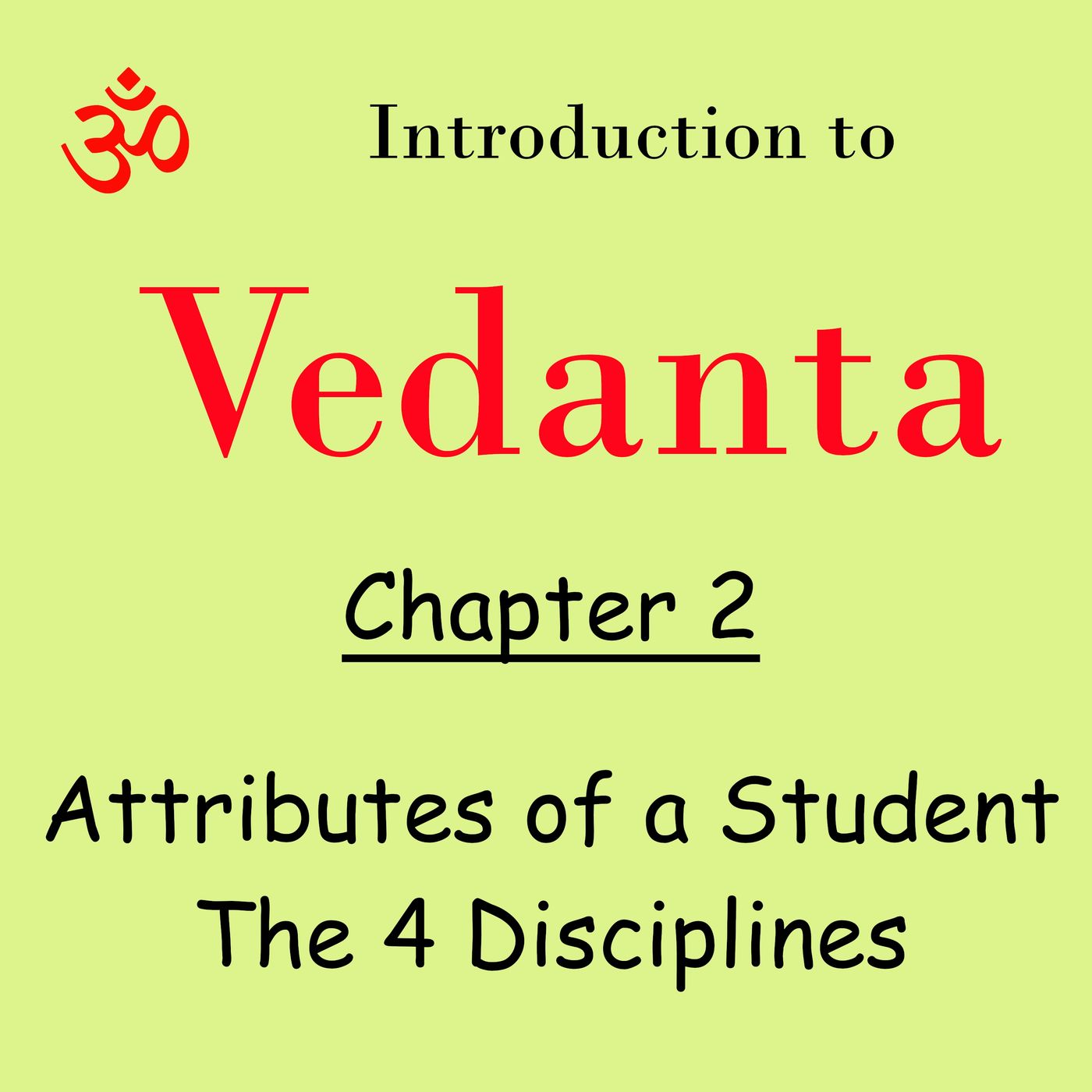Discover Introduction to Vedanta
Introduction to Vedanta

Introduction to Vedanta
Author: Veda Gyan
Subscribed: 5Played: 102Subscribe
Share
© Copyright Veda Gyan
Description
This body belongs to me, the mind belongs to me; The body is my instrument of action, the mind is my instrument of thought. I'm the owner of this body and the mind, Who Am I? What is the nature of my existence? Do I exist the way I believe I exist?
9 Episodes
Reverse
vedagyan2020@gmail.comVedanta/ is a roadmap of the journey of/ “Atma-Vichaar” /or the journey of Self Enquiry/. The purpose of this journey is realization of the ultimate reality – the truth. The truth about your self, the truth about the Universe and the truth about happiness. Vedanta contains knowledge about Atma. Atma means Consciousness
Todays episode we will talk about Reality. We will understand - What is reality, different levels of reality and define Maya…..Reality is something that has an independent existence, something that will not need additional proof to support it. Reality is something that does not change with time, not limited by space, nor affected by the law of cause and effect. Reality is that which is always true. Which means it is something that was true in the past, it is true in the present and it will be true in the future too. The clothes that you wear, the curtains that are hanging on the windows, the bedsheets on the bed are naam and roopa of the same thing called cotton threads. The cotton threads can be further deconstructed in to cotton fiber, further into molecules, atoms, electrons, quarks….. which can go on till you find the base material - the adhistaana. Therefore the clothes, curtains and bed-sheets are mere naam and roopa, hence they are mithya. We must understand here that presence of curtains, bed-sheet and clothes is not denied here. What is denied is the reality that is assigned to them.
There are 3 state of the mind - Awake state, Dream state and the Deep sleep state. And you are the witness of these 3 states, which means you - the awareful conscious witness is different from these 3 states.
While you know you are different from your body and the mind, yet confusion arises.This confusion arises because you end up identifying with one of the layers of the Panchkosh – the 5 sheath.
When a person dies, we say “He is gone”, which indicates that there was someone inside the body who is no more. This section is about the body and the possessor of the body. Also learn the relationship between Vasana and Karma
Relationship between Consciousness and Mind
Discern the difference between the seer and the seen
Tapasya means “control of mind, speech and senses”; this definition comes from Bhagwad Gita 17.14, 17.15,17.16. To be successful in any kind of Endeavour, one needs to have Shraddha (devotion, respect) towards his work. Along with Shraddha one needs Ekagrata which means work towards the goal with single pointedness (samadhan). To resolve any conflict one needs Viveka – the ability to discern the difference between the right and the wrong and the ability to make a decision dispassionately (vairagya). Apart from viveka and vairagya one also needs a clam mind and control over speech and action. Finally forbearance is required to deal with pain that one may suffer due to failures.Learn how to develop these qualities.
Basic introduction to Sanatan Dharma, Consciousness, Atman, Brhman, Moksha, Vedas and Upanishad.






